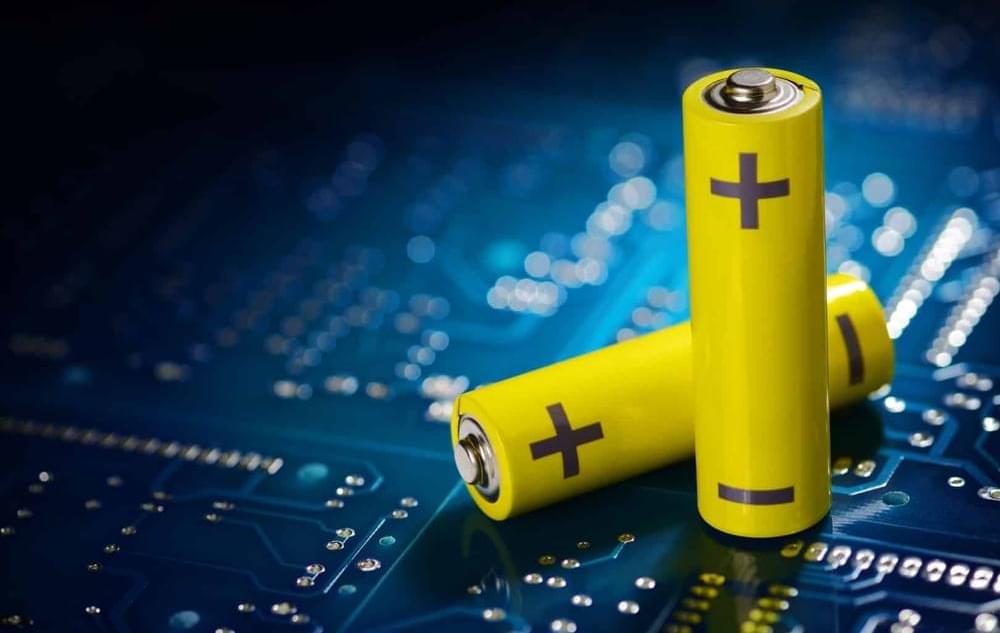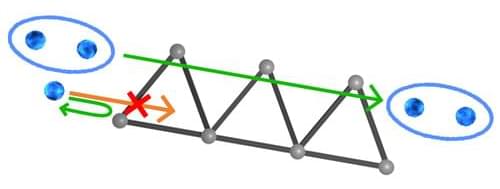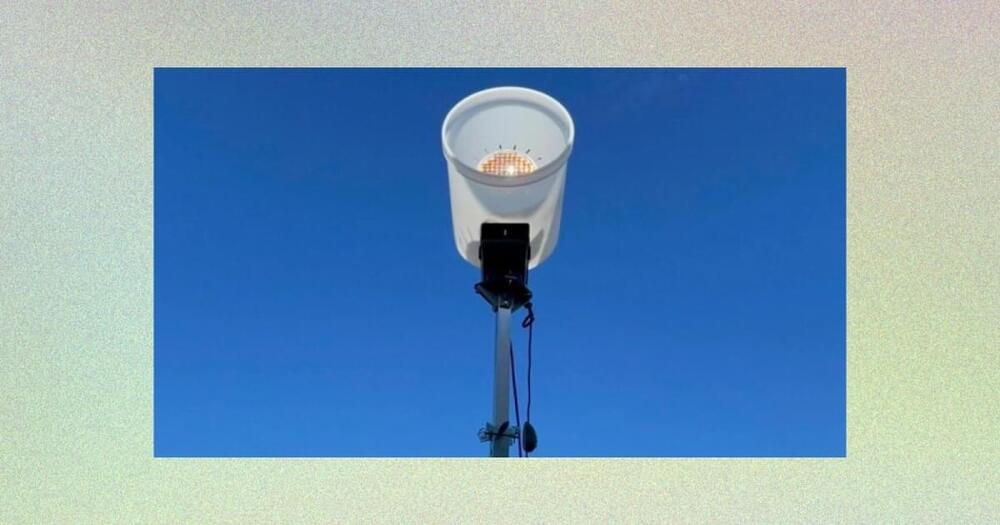The 1st atomic bomb was nicknamed “gadget.”
Does this say something about who we are? Or does it say something about the nature of technology and the power to do good or evil?
Today we live in a universe of ever-more-powerful gadgets and humanity has never wielded more technological power because we live in the most scientifically advanced century in the history of our civilization. The paradox, however, is that ours is also the most dangerous century not only for countless other species going extinct but also for our own existence.








